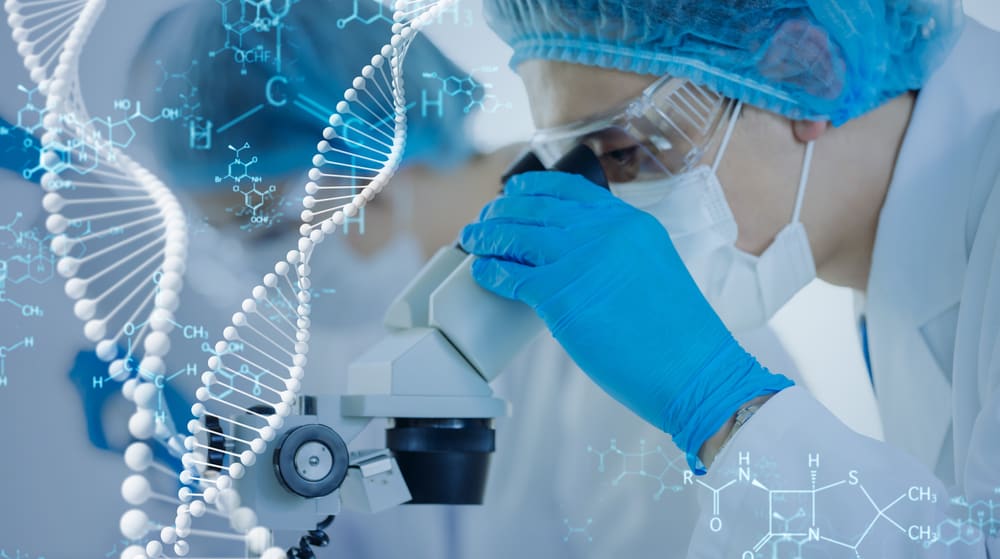What’s the Difference Between Platelet Rich Plasma and Cell Based Therapies?
Regenerative medicine therapies are increasingly being used for people with painful orthopedic conditions. Commonly used orthobiologics include platelet rich plasma (PRP) and other cell based therapies.
Platelet rich plasma therapy includes the concentration of platelet cells from a patient’s own blood. These cells deliver hundreds of growth factors which facilitate the body’s ability to control inflammation, decrease pain and promote tissue healing.
Adult Stem Cells are found in every tissue in the body. A patient’s own bone marrow and fat tissues contains precursor cells called mesenchymal stem cells that have the ability to develop into new cells and repair damaged tissues. These cells also reduce pain and inflammation.
So What’s the Difference?
Many patients ask, “If both platelet rich plasma and adult stem cell therapy help with healing and inflammation, why choose one over the other?”
The fact of the matter is each treatment offers unique benefits. An experienced regenerative medicine specialist knows that several key factors are important when determining which treatment will provide the best outcome for you.
These considerations include:
· The severity of the medical condition being treated (e.g. mild, moderate or severe)
· The location of the injury (e.g. spine or joint)
· The type of tissue requiring treatment (e.g. bone, tendon, cartilage, disc or muscle)
· The patient’s age and overall health, including any other medical conditions.
Knowing How PRP is Different Than Cell Based Therapies
Many clinics claim to offer stem cells or platelet rich plasma treatments, however, the effectiveness of these treatments and experience level of the physicians varies widely from one clinic to another.
· Treatments that use donated tissues such as umbilical cord blood, amniotic tissue and exosomes are not permitted under current FDA guidelines. These products are NOT to be used in orthopedic conditions, because they have not been tested for safety or efficacy.
Only autologous biologics such as your own blood, bone marrow and minimally manipulated fat are compliant with current FDA guidelines for safety and efficacy.
· Dose matters. The number of cells obtained is determined by the method used. The best results are achieved when your physician uses advanced tissue processing methods to produce highly concentrated platelet rich plasma or mesenchymal stem cells. It takes your physician years to master the skill of cell harvesting for maximal benefit.
· To ensure the safe, effective and comfortable delivery of cells into the damaged tissues, a fellowship trained physician should use advanced image guidance using diagnostic ultrasound or x-ray (fluoroscopy). Physician assistants, naturopathic doctors, chiropractors and nurses do not complete this level of training.
When considering treatment with regenerative medicine, it’s important to understand the pros and cons of the different options. Be aware that treatments vary among different clinics and outcomes are determined by physician experience and the methods used to deliver these treatments. Be sure to ask your physician about their training, experience and whether or not they document their patient outcomes.
When done properly, cell based therapies significantly help patients to heal quickly and completely allowing them to enjoy an active life without pain.
Drs. Christopher J. Rogers and Mary A. Ambach of San Diego Orthobiologics Medical Group have successfully treated thousands of patients with platelet rich plasma and other cell based therapies for more than a decade. Their facility in Carlsbad contains the most advanced Regenerative Medicine technology in San Diego and offers same day treatments with the highest documented levels of safety and efficacy.
Sources:
